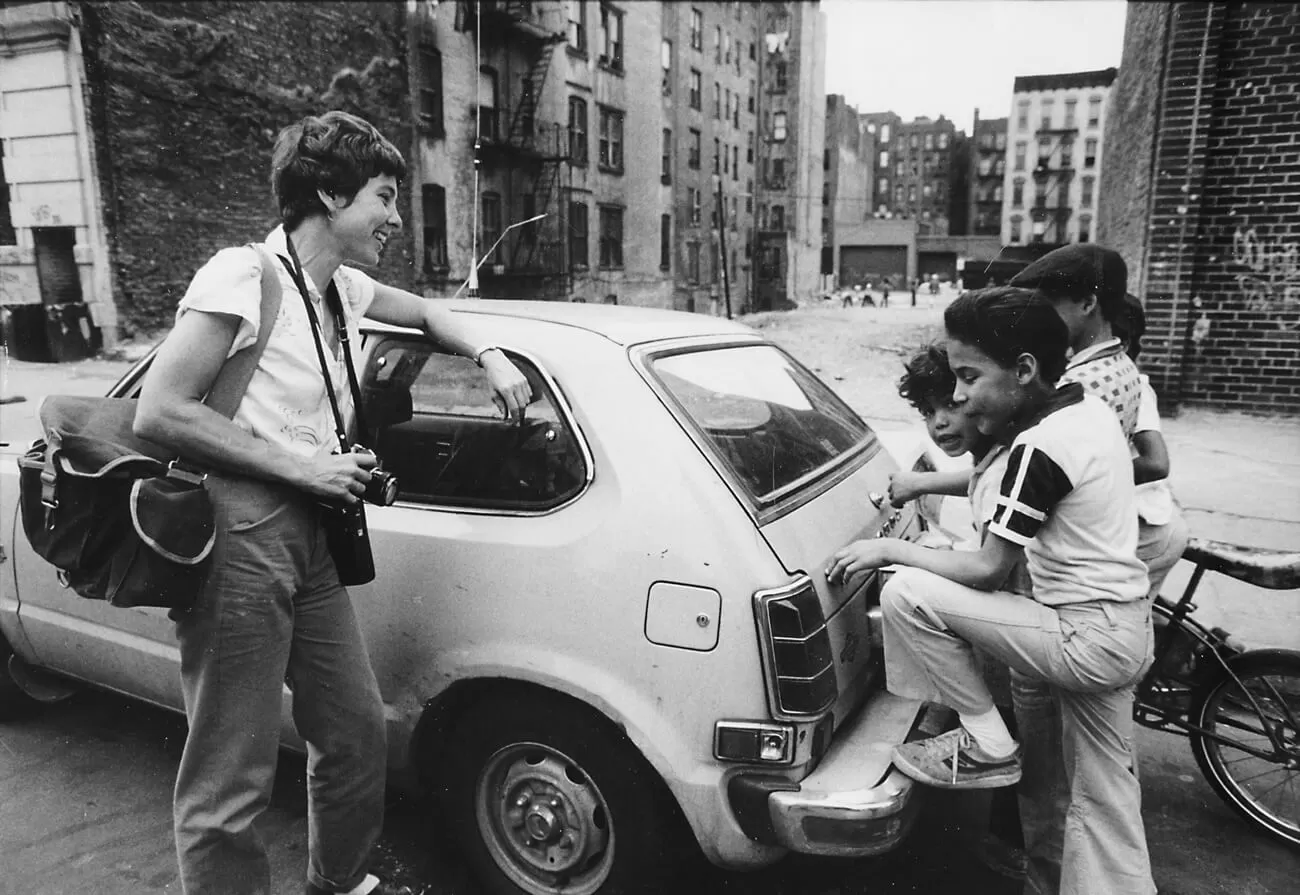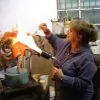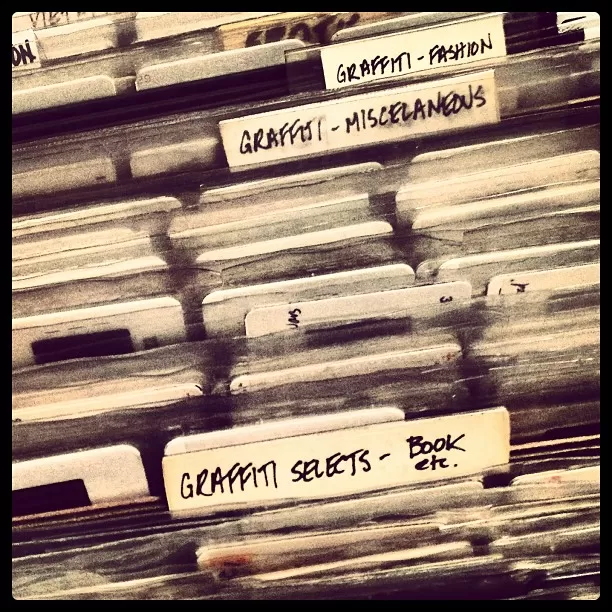Photography is an important art form that shapes the senses of our world in a myriad of ways. Over the years, the work of numerous photojournalists has taught us many things about history and human nature that we might not have otherwise known—capturing extraordinary events and transforming them into hard-hitting images for the world to see.
Legendary photographer Martha Cooper is an expert at capturing the essence of a moment, place or culture. Born in Baltimore in 1942, her passion for photography began at a young age taking her first photo aged three. By 1977, she had become the New York Post’s first female staff photographer catching the stark change in New York in the 1980s as times were tough, dangerous, derelict and dazzling. Her remarkable work has inspired generations of photographers and enthusiasts alike, showcasing the power of visual storytelling. Today, Cooper’s influence continues to resonate, opening up new horizons and job opportunities for freelance photographers.
Amidst this, emerging subcultures known as graffiti and hip-hop became the blood that ran through the city’s veins! Urban architecture became a worthy canvas for the who’s, who of Graffiti royalty to paint their masterpieces.
I was interested in following kids who were inventing a culture of their own including art, music and dance, mostly without adult intervention.
Martha Cooper
It was the birth of street art as we know it, and Cooper was in the trenches documenting the artistic revolution. Before any society or Art organisation realised what it meant and its cultural significance. As the graffiti movement rose to prominence throughout the ’80s, Cooper’s willingness to capture the artists who at the time considered outlaws gave credence to its legitimacy.
In 1984 Cooper immortalised their work by releasing her book Subway Art, recognised as the graffiti bible, in collaboration with photographer Henry Chalfant, which has never been out of print since it was published. During this time, a transition was transpiring as street art entered a new phase. Artists such as Jean-Michel Basquiat, Keith Haring, Lady Pink, to name a few, were exhibiting graffiti pieces in prominent museums. Cooper continues to make vital contributions to the preservation of street art and culture. Consistently photographing moments of Graffiti, subcultures and everyday life across the globe.
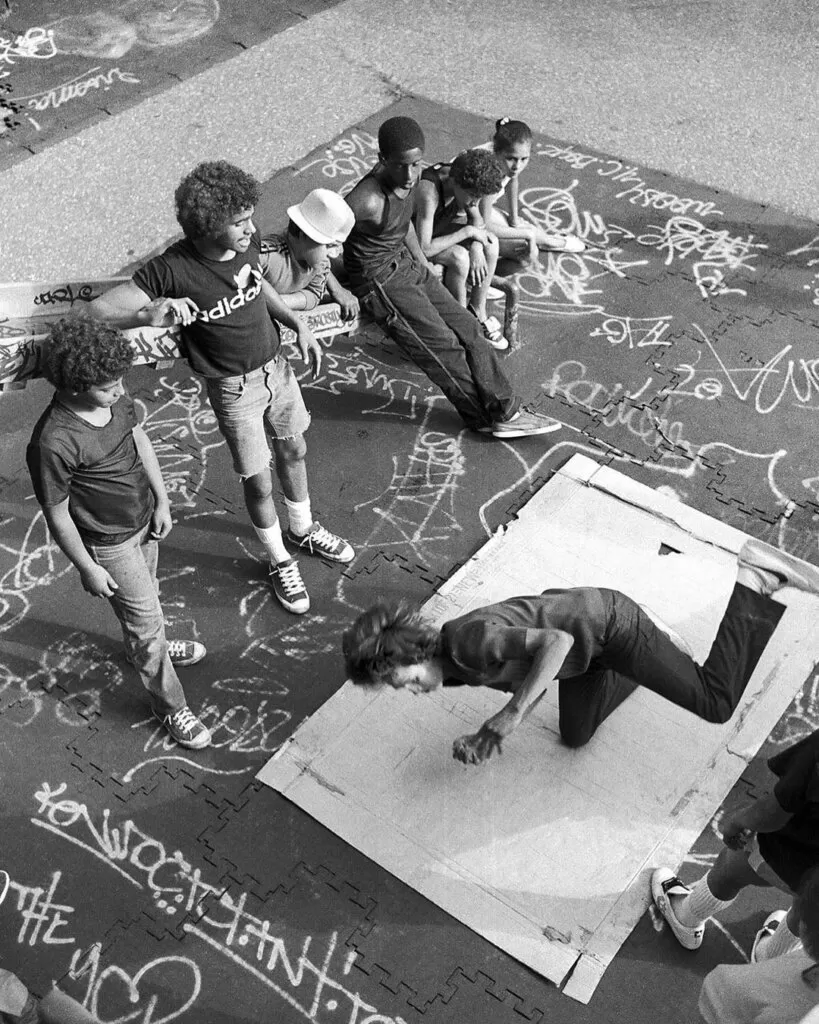
In 2020, Cooper presented an extensive retrospective exhibition at the Urban Nation Museum titled “Martha Cooper: Taking Pictures.” showcasing Cooper’s life, from her first camera in 1946 to her current reputation as a celebrated photographer. We managed to catch up with Martha ahead of the screening of her documentary at the Vanguard Film Festival, titled “Martha: A Picture Story“.

Photo Courtesy of ©Martha Cooper
Q: Hi Martha, for those who don’t know you, can you please introduce yourself?
Martha Cooper: I’m a documentary photographer who has lived in New York City since the mid-1970s. I have photographed many subjects but my special area of interest is graffiti and street art.
Q: You are celebrated for capturing decades of the golden era of graffiti and hip hop culture in New York. What was it that sparked your interest in photographing graffiti and hip hop culture?
A: I was interested in following kids who were inventing a culture of their own including art, music and dance, mostly without adult intervention.
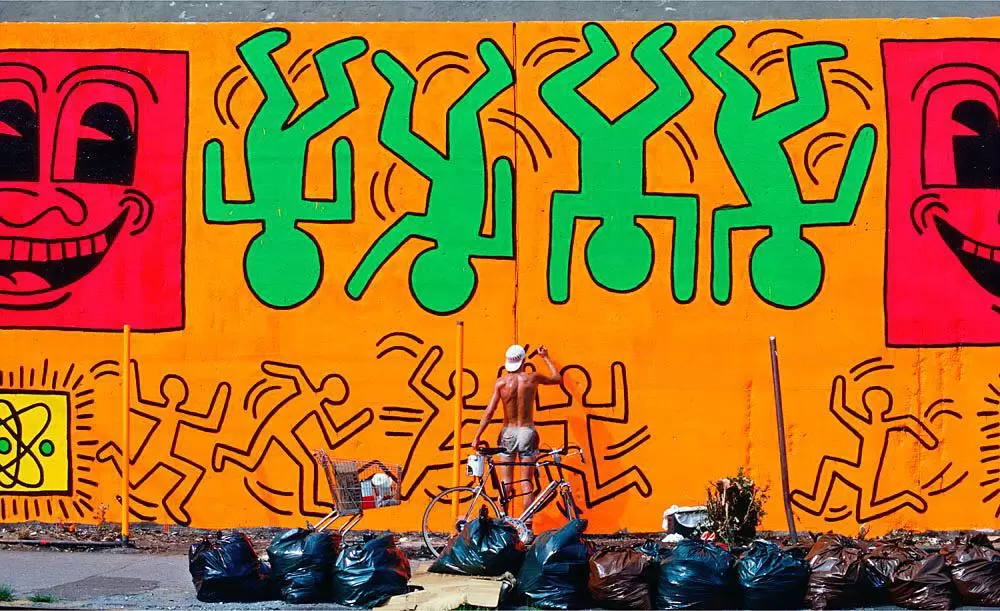
Photo Courtesy of ©Martha Cooper
Q: What were your most memorable moments during those early years in the scene?
A: Please look at my photos to see memorable moments
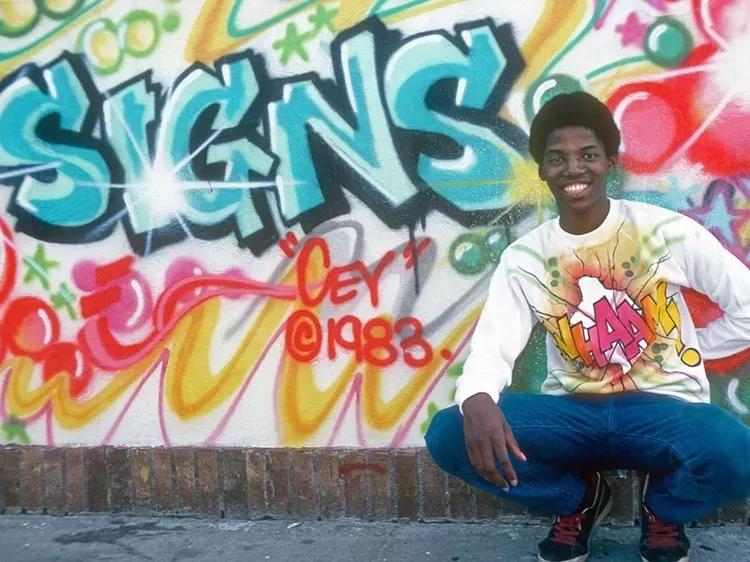
Photo Courtesy ©Martha Cooper
Q: As a white woman capturing the culture of predominantly young black males in New York. Was that ever a concern for you or them?
A: The scene was always multi-racial–black, Latino and white. To belong you had to demonstrate skills. I was accepted because I took a serious interest in what was going on and could take good photos and possibly get them published.

Q: You’ve witness graffiti emerge from the streets to the galleries and auction houses. Do you think graffiti culture still possess that raw essence?
A: Yes–I think there are plenty of raw, interesting. illegal interventions still happening.
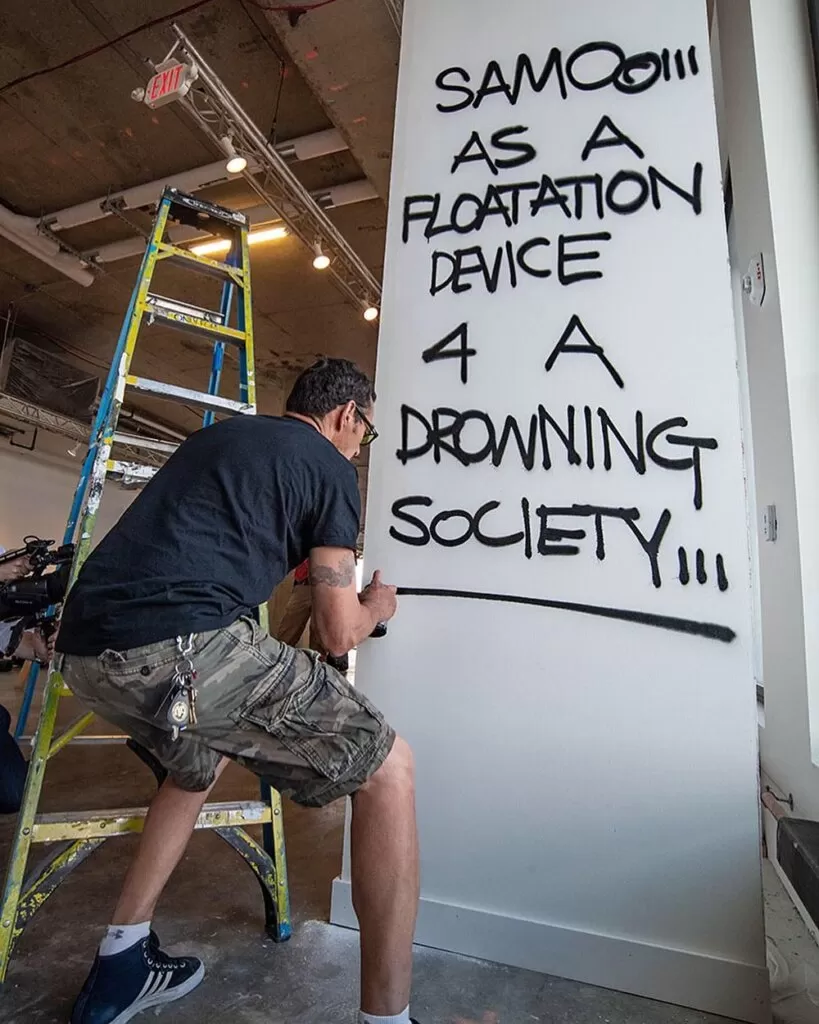
Photo Courtesy of ©Martha Cooper
Q: You’ve been a thriving photographer for multiple decades, which is an achievement for anyone, particularly for women in this era. How did you do it, and what kept you interested in photography for all these years?
A: Hard work and perseverance are key. The challenge of investigating unusual subject matter and getting a good shot keeps me going.

Photo Courtesy of ©Martha Cooper
Q: Do you have any tips for anyone getting started in photography?
A: Get used to rejection.
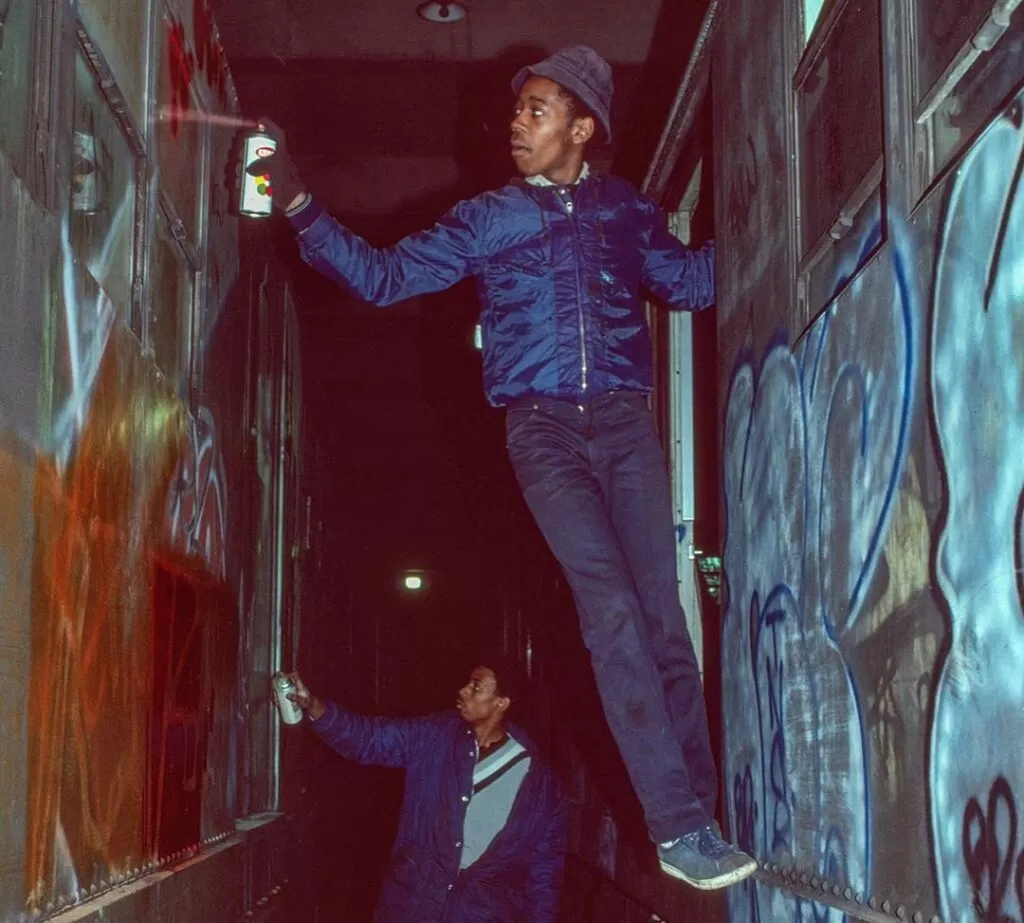
Photo Courtesy of ©Martha Cooper
Q: Last year you exhibited your life’s work in an extensive retrospective in Berlin titled “Martha Cooper: Taking Pictures”, what was it like to prepare for the exhibition, and how did it make you feel to share your life’s work with the public?
A: Going through hundreds of thousands of photos to prepare that exhibit was somewhat tedious. But the curators Jaime Rojo and Steve Harrington of Brooklyn Street Art kept me going and helped make choices.
My friend Nika Kramer was extremely helpful preparing the digital files. I will be seeing the actual exhibit for the first time next week. I’m very glad that I had this opportunity to sort through decades of work and put it in some kind of order.
Q: What next for you as a photographer?
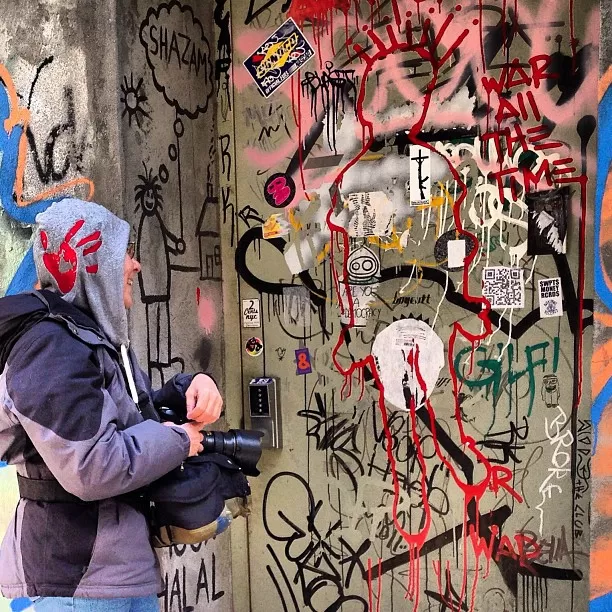
Photo Courtesy of ©Martha Cooper
A: I have lots of projects I’d like to shoot–post pandemic. I have a new book of vintage 1980s graffiti photos coming out at the end of the year. It’s called Spray Nation. It will be published by Roger Gastman in the US who organized the files and made the layout and Prestel in Germany.
https://www.instagram.com/marthacoopergram/
©2021 Martha Cooper


